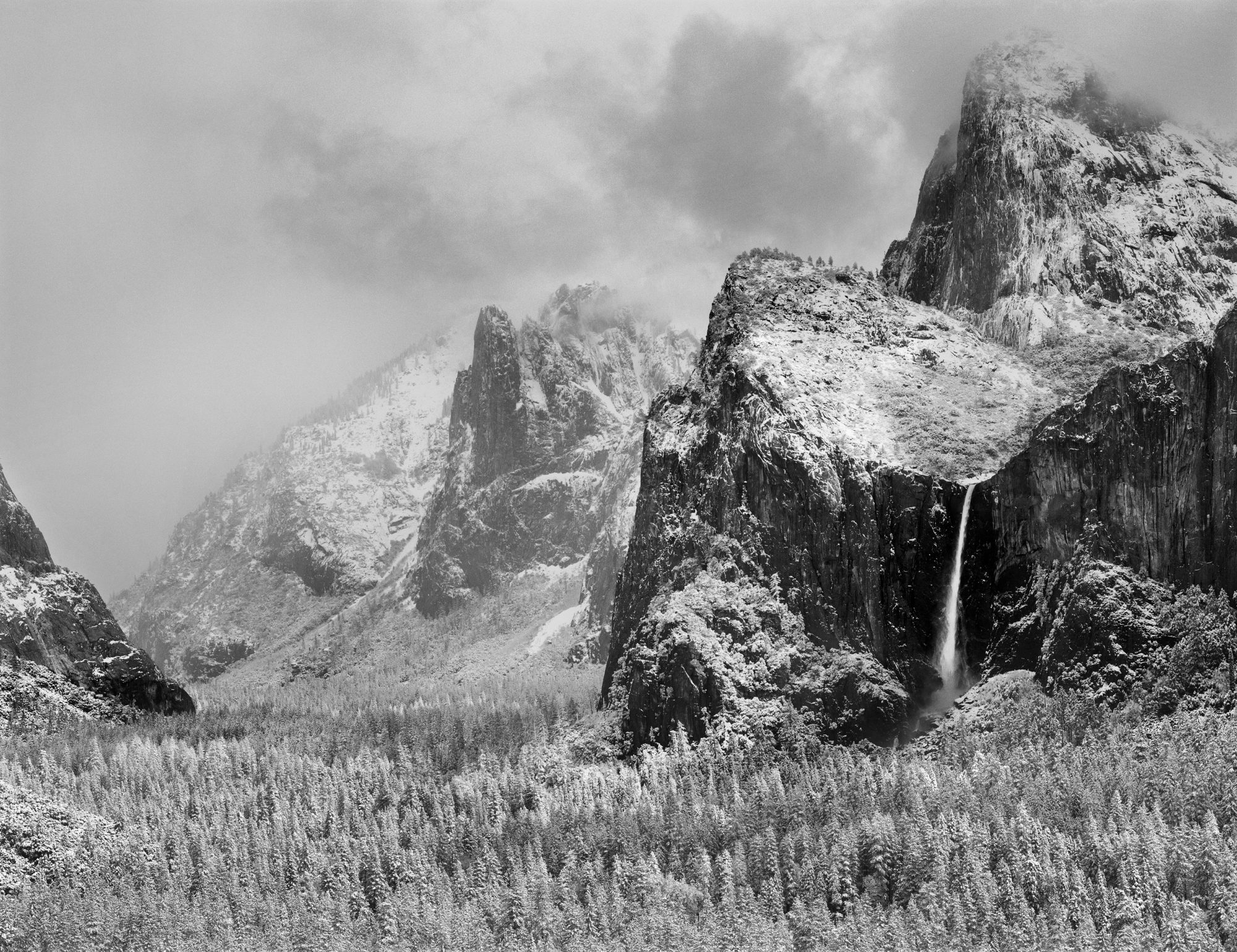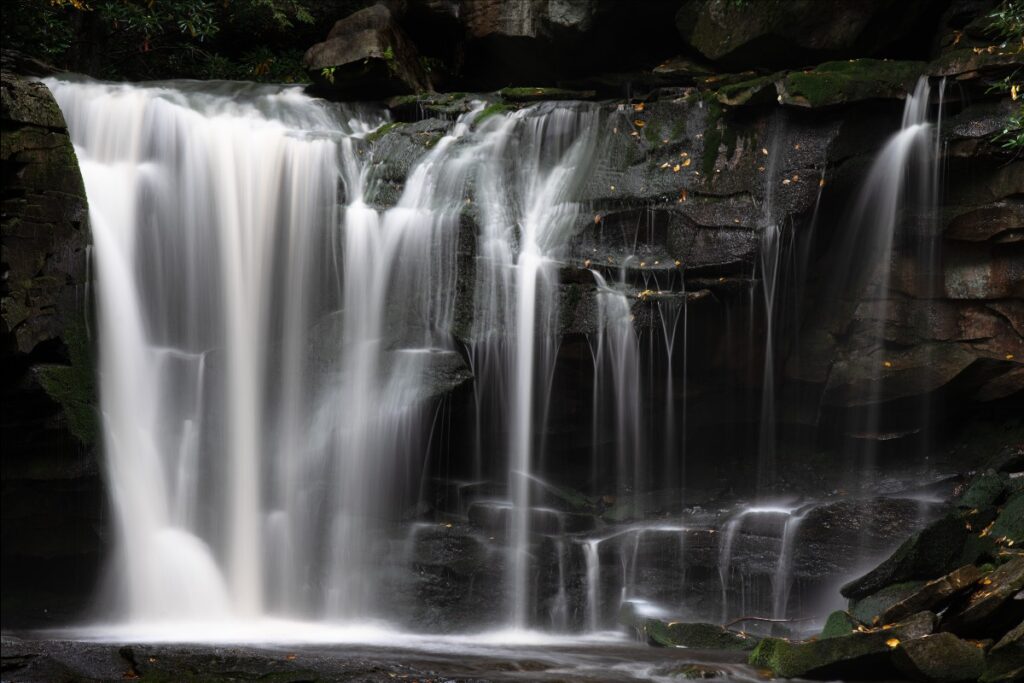
One of the great rewards of nature photography is finding a new and unexpectedly beautiful place to photograph and explore. Imagine my surprise to discover one of these treasures at Blackwater Falls State Park, tucked away in the often-overlooked wilds of West Virginia. I made some of my favorite photographs of 2020 there, and I’m excited to share this spectacular location with a new group of students through my Visionary Wild Workshop, which takes place September 27 to October 1, 2021.
I hope you can join me as we explore, photograph, and enjoy this beautiful autumn wilderness, just a three hour drive from Washington DC. It is a perfect workshop location, with its accessibility and a wide variety of inspiring photographic opportunities. Our workshop is timed to take place during peak fall color, which happens earlier than some other autumn foliage locations. Register now to join us, and we’ll help you discover this spectacular place for yourself.
Blackwater Falls has the size and freedom a nature photographer needs to wander and explore, as they discover both the landscape and themselves. Its details, intricacy, and textures keep the mind and spirit engaged and stimulated. It’s the kind of location that will draw me in, again and again, and I think you’ll feel the same.
In 2020, when I signed on to teach with Visionary Wild at Blackwater Falls State Park, I thought I knew what to expect…and I couldn’t have been more wrong. From my research, parts of it looked like the western slope of the Appalachians, which I explored during my college days as I was honing my craft. I saw some similar scenes and photographic opportunities, and a chance to help the class make some very solid work in a beautiful location. But I wasn’t prepared for just how unique and stunning the Blackwater Falls / Dolly Sods region is.

On a high plateau in the Allegheny, with elevations reaching 4,000 feet, I entered an ecosystem unique from what I expected. Temperature, climate, and flora conspired to make it feel like the Upper Peninsula of Michigan. In fact, it’s called “Little Canada,” because it has species that are not found outside of the near-arctic tundra of Canada. Standing in the quiet wilderness, you would never suspect this place was within a half-day drive of several major Eastern U.S. cities.
After checking into the lodge at Blackwater Falls State Park that first night, I discovered it was perched on the edge of a deep river gorge, with spectacular views across and down the canyon, its walls peppered with fall color from the dominant red maples as well as the yellow of other trees. I’ll admit that I can be a bit hard to impress, after living 20+ years on the edge of the Yosemite wilderness, but I was truly awed, and I couldn’t wait to explore more.
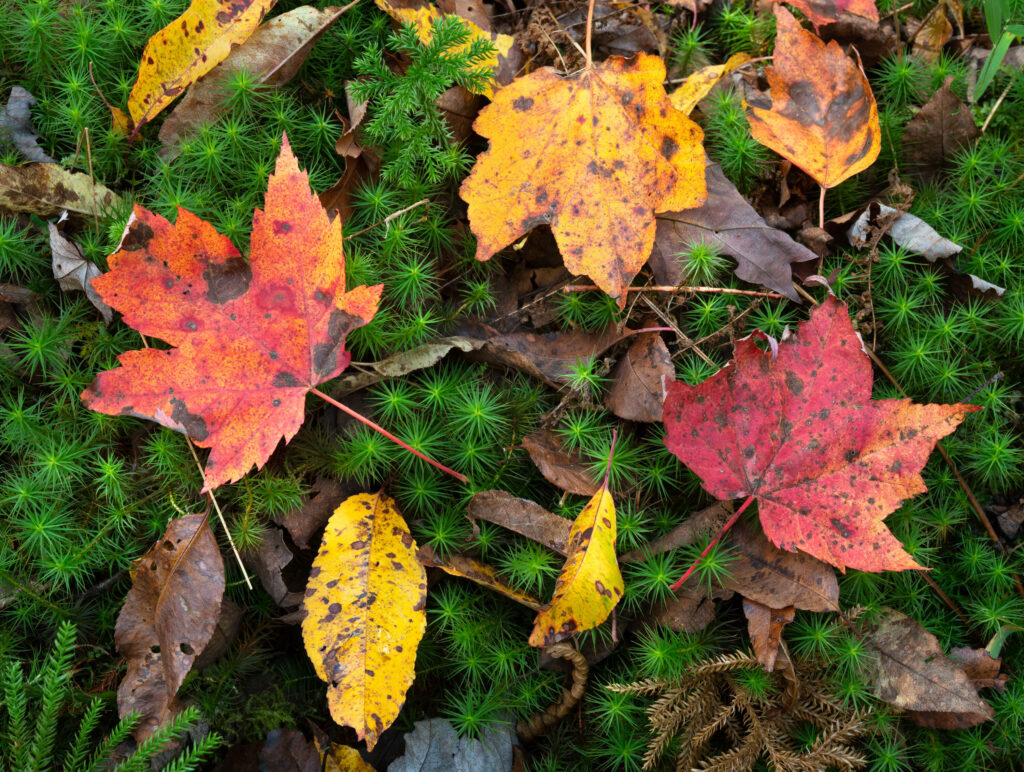
If I had been on my own, it would have taken a lot of work to discover the many treasures of this area, but with Justin Black as my guide, I was able to enjoy the crash course. Justin has been visiting this location since his childhood, and explored it on backpacking trips and photo assignments–you may even recognize the area from some of the work he’s done for FujiFilm. It’s clear why the location continues to inspire him to return, again and again.
We started our scouting day by heading to Bear Rocks in the Dolly Sods Wilderness, near the highest elevation in the area. Details of the landscape change with altitude–you’ll find different plants, trees, and birds. Entering a new elevation range is often like visiting an entirely different place. You may have never experienced this, if you live in the flatlands of the midwest, but for those who have spent time in the mountains, it’s something we look forward to. Even a 1000-foot difference in elevation can tremendously alter the photographic possibilities.
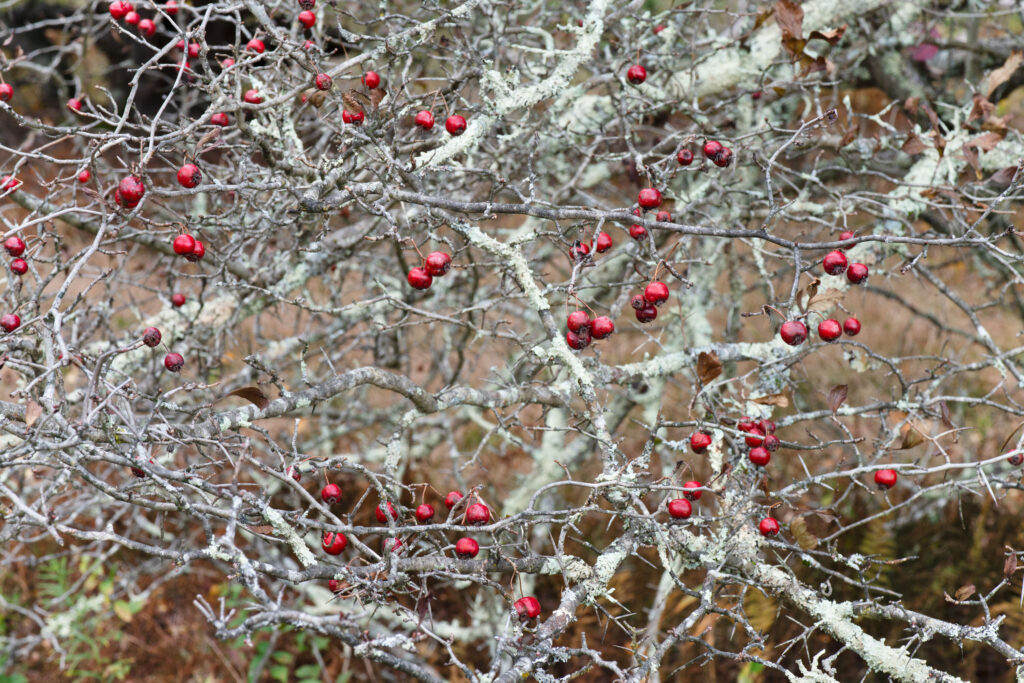
The changes elevation brought at Bear Rocks were immediately evident. As we approached, we discovered a vista of hundreds of acres of wild blueberry bushes with flaming red foliage, contrasting against the evergreens and exposed light-colored rocks of the region. I had seen this kind of ecosystem countless times, as I worked on client photos of Alaska over the years, but I had never traveled far enough north to see it myself, and I never expected to find it in West Virginia.
Grabbing our gear, we hopped out to further scout the many trails through the red foliage and white rocks, leading to the cliffs of Bear Rocks, which look east into a deep valley with 180-degree panoramic vistas of distant peaks and valleys. We were there during late morning, and in average light, but it was still spectacular. Picturing what it would look like at sunrise, with the warm sun bringing out even more in the white rocks and red foliage, set my heart pounding with excitement. It was a great location!
Next, we headed back towards the lodge to explore some fire roads that promised tundra-like bogs to explore. Here I found a whole ecosystem unto itself, with many beautiful plants, mosses, and flowers, all with intricate textures and colors. Every square meter of this environment offered a completely different macro vista, and I felt like I had been let loose in an Elliot Porter book.
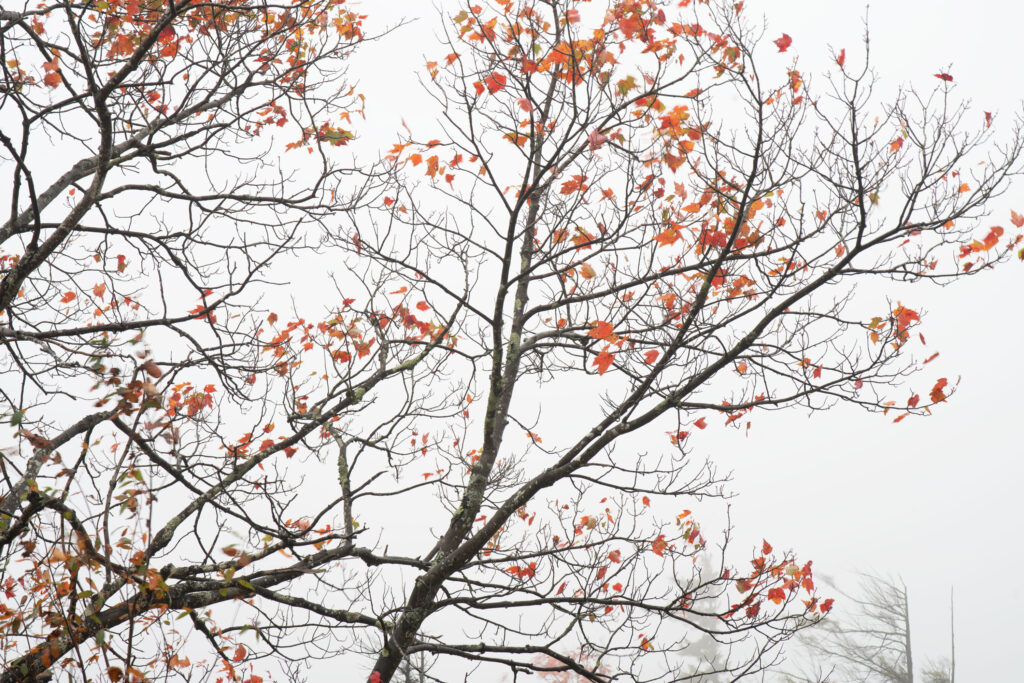
Even after extensive scouting, new discoveries happened every day as the workshop progressed. The amazing cottongrass (which I neglected to photograph last year, a mistake I don’t intend to repeat!), to bigtooth aspens (yes, aspens in West Virginia!) that I didn’t even know could grow this far south, and many more pleasant surprises.
I can’t emphasize how much easier it was to discover the intricacies of this place, thanks to Justin’s knowledge. From my years working with many of America’s top landscape photographers, I can confidently say Justin is a world-class instructor and photographer. Fuji named him one of their X-Photographers, so I guess they agree with me.
It’s priceless to have the opportunity to see how a working professional and master photographer approaches the many challenges involved with making strong, inspiring photographs. Justin is generous with his knowledge and experience, both in the field where he identifies great photographic possibilities, and in the critique sessions where he brings to the table his extensive professional experience as a international workshop leader, stock photographer, and as the gallery manager for Galen Rowell.
Though it’s easier to brag on Justin’s abilities, I’ll be there too, sharing how I see and approach the landscape, helping to build your craft as well as your vision, and offering straightforward and simple tools that will give you greater confidence in your skills as you master the all-important fundamentals of the craft. If you’ve been helped by my online workshops, this is like one of those on steroids, with day after day of instruction and learning, in real-world settings that let you practice, learn, and grow under our guidance.
Experience the beauty for yourself this fall. To sign up, or learn more, click here or visit visionarywild.com.
